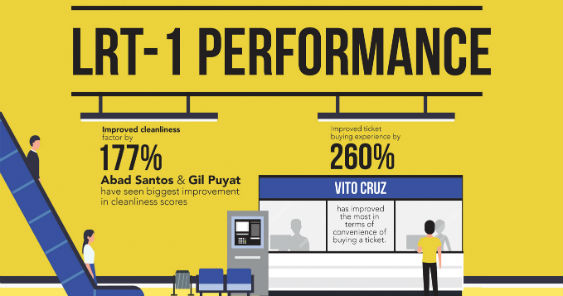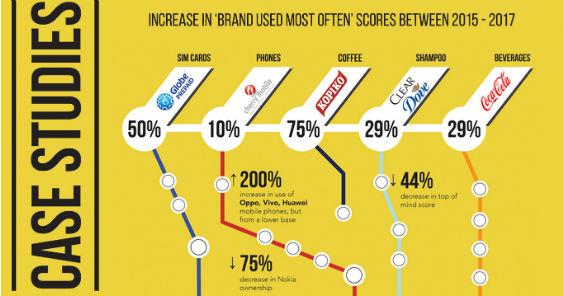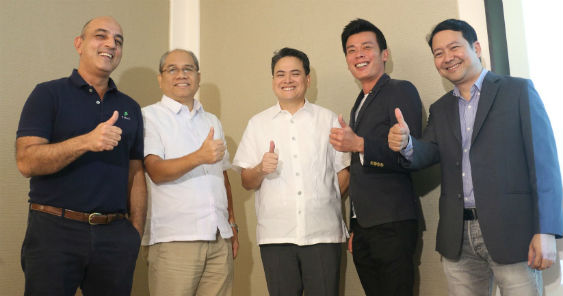MANILA – With over 20 stations, LRT-1 is one of the most used metro systems in the country. Teeming crowds queue almost every day to get to and from their destination.
A recent study conducted by marketing agencies PHAR Philippines Inc (PHAR) and TNS (part of Kantar Media) puts a human face to these passengers. Their study entitled, “Unlocking LRT-1 Riders: Research and Data on Consumers,” gives insight on riders’ profiles, behaviors, and preferences.
About 5,500 LRT-1 passengers were interviewed between 2015 and 2017.
This is the second installment of the research conducted by PHAR and TNS in 2016.

In their latest study, about 65 percent of the riders are aged 18 to 29 years old. The gender ratio is 50 percent male and 50 percent female. The average passengers spend about 62 minutes per day in LRT-1 trains and stations.
There has been a 16 percent increase in daily riders and a 37.5 percent increase in passengers from socio-economic classes A, B, and C1.
The passengers use different applications to get them through the day. About 36,000 riders use Grab and Uber services to get to and from home to the station every day. About 95 percent of LRT-1 passengers use Facebook, Instagram, and Twitter.

The increase in ridership can be linked to the developments in the LRT-1 stations. In the study, there was improved cleanliness factor by 177 percent. The stations Abad Santos and Gil Puyat have garnered the biggest cleanliness scores.
Riders have also cited that the ticket buying experience has also become more efficient. According to the study, LRT-1 was rated with 260 percent improvement in terms of ticket queues. The Vito Cruz station was singled out as the most improved in terms of convenience in train ticket purchasing.

The study also delved on the brands that are used most often by LRT-1 riders. For telecommunications, about 50 percent prefer Globe Prepaid sim cards.When it comes to gadgets, 10 percent own Cherry Mobile phones, while there is a 200 percent increase in use of brands Oppo, Vivo, and Huawei mobile phones. The switch has decreased the Nokia phone ownership by 75 percent.
In beverage, Kopiko is a leading brand for coffee while Coca-Cola is the softdrink of choice. For shampoo, Clear and Dove are preferred by the LRT-1 riders.
The study also released that the LRT-1 commercials have made a difference in ad recall for brands such as Cherry Mobile, Coca-Cola, Smart, Dazz and Happee.
The research methodologies were a combination of LRT-1 fieldwork intercept, call back, and NCR (national capital region) representative sample.
The results were revealed by Phar Philippines, Light Rail Manila Corporation, and Kantar TNS executives in an event held at the Discovery Primea.
For more information, call 7292218 or visit the PHAR website: www.pharpartnership.com.
In main photo are (from L-R): Prem Bhatia, Managing Director-Asia, Phar Philippines; Rudy Chansuyco, COO, Light Rail Manila Corporation (LRMC); Juan “Ping” Alfonso, CEO and President, LRMC; Martin Wong, CEO Phar Philippines; and JV Villabroza, Business Director, Kantar TNS.








